This page has login restricted information, kindly Sign In to view details. In case you have not signed up yet kindly click here to Sign Up
Upon arrival at the airport, you will be welcomed by our team. We will take you to your comfortable and conveniently located hotel. Ulaanbaatar is a modern city that is rapidly growing, with a population of over 1.3 million people. Depending on what time you arrive, we will arrange a city tour.
The city sightseeing tour includes a visit to the newly constructed Genghis Khan Museum, which happens to be the largest museum of the country. The museum houses a vast collection of over 8,300 artifacts that relate to the great Khans of the Mongol Empire and the history of Mongolia from the Xiongnu era to the end of the 20th century. A substantial portion of these collected artifacts is displayed in nine exhibition halls.
One of the must-visit attractions in the city is Bogd Khan's Winter and Summer Palace. It is a series of stunning traditional buildings where the eighth Living Buddha and the last king lived. The palace has now been transformed into a museum where visitors can see fascinating artefacts and costumes associated with the last king, as well as a collection of stuffed animals.
Further we will stop at the Gandantegchinlen Monastery.
It is the largest and most important monastery of Mongolia. We will scroll through the different monasteries and see the magnificent statue of Migjid Janraisig, an 82-foot-high statue gilded in gold and covered with silk cloths.
We will finish the city trip with a view of Ulaanbaatar from Zaisan Hill. The city sightseeing tour takes about 4 – 5 hours.
Activities:
-Visit Genghis khan museum.
-Visit Bogd Khan winter and summer palace.
-Visit Gandan monastery.
-Visit Zaisan hill.
Hotel: 3 Star Hotel
Meal: Lunch & Dinner
Today we will be driving to Karakorum (also called Kharkhorin). Karakorum was the capital of Genghis Khan’s Mongolian Empire in the thirteenth century. In 1220, Genghis Khan ordered the building of Karakorum on the ruins of Turug and Uyghur cities in the Orkhon valley at the eastern end of the Khangai Mountains. During the reign of Ögedei Khan, it was completed 15 years later. The town was very multicultural and culturally accepting.
The silver tree, which was once part of Möngke Khan’s palace, has become Karakorum emblem. From 1220 to 1260, it was at its most prosperous. Karakorum existed as the great capital of the Euro-Asian Empire, with Mongolia at its heart, and as the epicentre of politics, trade, culture, faith, intellect, and diplomacy, as well as the most visible link in international relations.
Between 1260 and 1380, Karakorum lost its status as the capital of the Great Mongolian Empire and became Mongolia’s capital. When Kublai Khan and his younger brother, Ariq Boke, assumed the throne of the Mongol Empire in 1260, they moved their capital to what is now Beijing. Karakorum was reduced to the administrative centre of a Yuan Dynasty provincial backwater.
After 110 years after Kublai Khan transferred the Empire capital to China in 1260, the Mongolian Yuan Dynasty fell in 1368, and the centre of Mongolian government was shifted to its homeland. It allowed Karakorum to regain its former glory.
The town was captured and destroyed by Ming troops under General Xu Da in 1388. Nothing remains of this legendary city today. When Abtai Sain Khan and his brother, Lord Tumenkhen, went to the 3rd Dalai Lama in 1580 to express their desire to create a temple in Mongolia, he advised them to restore an old temple in Karakorum. The Main Zuu temple of Erdene Zuu monastery is a temple in Takhai ruins that was restored in 1588 at the Dalai Lama’s suggestion.
Erdene Zuu Monastery is now all that is left of what was once a massive monastery with one hundred temples and over 1.000 lamas. You will walk around the grounds of Erdene Zuu Monastery, which is encircled by huge 400 m X 400 m walls. You will be guided around the 3 remaining temples: The Dalai Lama, Zuu of Buddha and Lavrin Temple.
The Karakorum Archaeological Museum will be another stop on your itinerary. It is a tiny museum, but it’s housed in a new, well-run structure with good lighting and simple English labels on display cases. The displays contain hundreds of artefacts from the 13th and 14th centuries that were discovered in the immediate region, as well as those from other provinces’ archaeological sites, including prehistoric stone tools. Pottery, bronzes, coins, religious sculptures, and stone inscriptions are among the objects on display. A half-excavated kiln is also sunk into the museum floor. The scale model of ancient Karakorum, which attempts to reflect the city as it would have existed in the 1250s and is based on descriptions written by the French missionary William of Rubruck, is perhaps the most intriguing. A Turkic noble tomb with wall paintings and artefacts, including gold objects and jewels, is on display in another chamber. A short video of the actual burial site is available.
You can also visit the Turtle Rock and the Phallic Rock, as well as a small market that highlights local artists’ work.
Activities:
-Visit Erdene Zuu monastery.
-Visit Karakorum archaeological museum.
Hotel: Ger Camp
Meal: Breakfast, lunch and Dinner
Today we will be driving westwards into the Orkhon Valley, where the Orkhon River flows, after breakfast at the ger camp. UNESCO has designated the valley as a world cultural heritage site because of ancient artifacts dating back to the early 6th century and even earlier. Moreover, the great Mongol empire expanded its capital Karakorum here from the 12th to 13th centuries. Furthermore, the pasture nomadic lifestyle has persisted, preserving both the historic and nomadic perspectives on life.
During the Quaternary period, a volcano erupted near the mouth of the Tsagaan Azarga, also known as the White Stallion River, and the lava flowed down the Orkhon valley, creating a 10-meter-thick layer of basaltic rocks. The Orkhon River cut through the basaltic layer twice, resulting in the formation of the canyon.
Activities:
-Visit Orkhon valley.
-Visit Orkhon waterfall.
-Visit horse and yak breeding nomad family.
-Possibility of horseback riding.
Hotel: Ger Camp
Meal: Breakfast, lunch and Dinner
We will leave the Orkhon Waterfalls and begin our trek up the Bituu River, passing through a pass that leads to the valley of the Eight Lakes. Volcanic activity formed this completely isolated region. It is surrounded by extinct volcanoes and high mountain peaks. The valley, as its name suggests, is home to a slew of small lakes linked by rivers.
Activities:
-Trek.
Hotel: Tented Camp
Meal: Breakfast, lunch and Dinner
The first lake we will come across is Khuis Lake, which is surrounded by a large rock island. Our trekking route becomes more exciting as it becomes a mix of everything, including cliffs, forests, bushes.
Activities:
-Trek.
Hotel: Tented Camp
Meal: Breakfast, lunch and Dinner
We will continue our trek towards Shireet Lake, passing by many smaller lakes along the way. The valley of the Eight Lakes is one of the Khangai Mountain range's most scenic, untouched, and picturesque spots. Nature can be seen, with the water flowing down to the lakes and birds tweeting, bringing energy and relaxation, for nature is the purest portal to the inner peace. We return to the Khuis Lake camp site in the afternoon and spend the night there.
Activities:
-Trek.
Hotel: Tented Camp
Meal: Breakfast, lunch and Dinner
Our journey today continues to the west-northwest of the Eight Lakes area. Along the way, we will pass through large valleys with abundant alpine forest and numerous small streams.
Activities:
-Trek.
Hotel: Tented Camp
Meal: Breakfast, lunch and Dinner
Shavart Lake is a small lake in the middle of a grassy plain. We will continue our journey through a large volcanic rocky valley, where many families live with their livestock. The views of the lakes and volcanic craters are breathtaking.
Activities:
-Trek.
Hotel: Tented Camp
Meal: Breakfast, lunch and Dinner
Our journey comes to an end today. We will return to Orkhon Valley on foot. Later in the afternoon, we will return to our nearby host family at the waterfall.
Activities:
-Trek.
Hotel: Ger Camp
Meal: Breakfast, lunch and Dinner
We will be going to Khogno Khan National Park today. We will trek in the Khogno Khan Mountains at the end of the day, walking up the mountain and taking in the incredible views of the hills, sand dunes, and grasslands. We will also pay a visit to the charming Ovgon Monastery.
The Elsen Tasarkhai Sand Dune, also known as Little Gobi, is a 100-kilometer-long sand dune not far from the mountain.
Activities:
-Visit Elsen Tasarkhai sand dunes.
-Visit Khogno Khan mountain.
-Visit Ovgon monastery.
-Visit camel breeding family.
-Possibility of camel riding.
Hotel: Ger Camp
Meal: Breakfast, lunch and Dinner
The time has come to leave and drive back to Ulaanbaatar, Mongolia's capital. You can use your free afternoon to see as you fit. In the evening, we will enjoy lovely cultural show and admire the contortionists while watching colourful and rhythmic Mongolian dances.
Activities:
-Attend folklore show with throat singers.
Hotel: 3 Star Hotel
Meal: Breakfast, lunch and Dinner
Transfer to the airport.
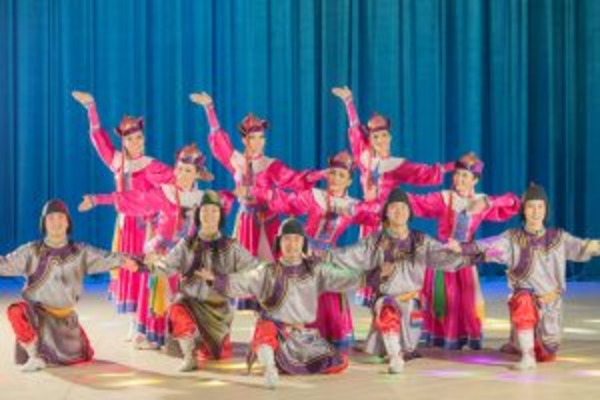
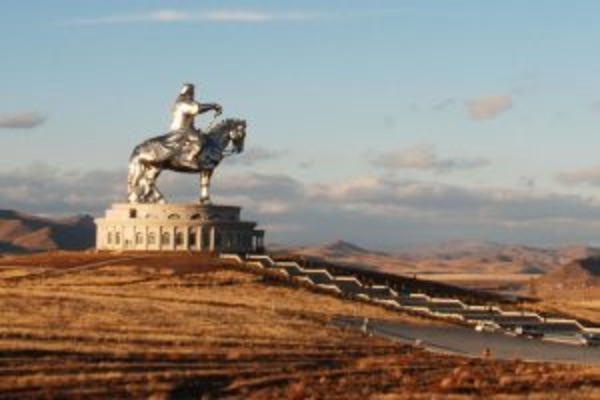
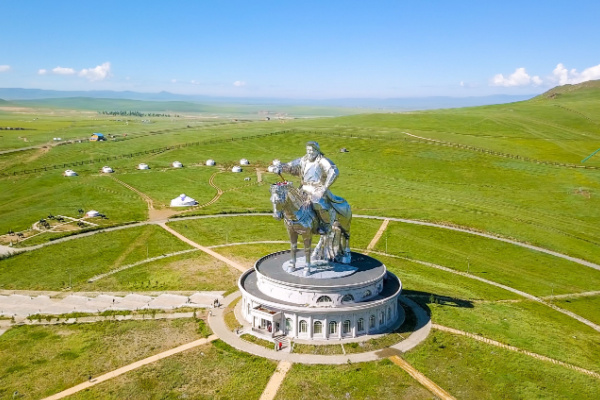
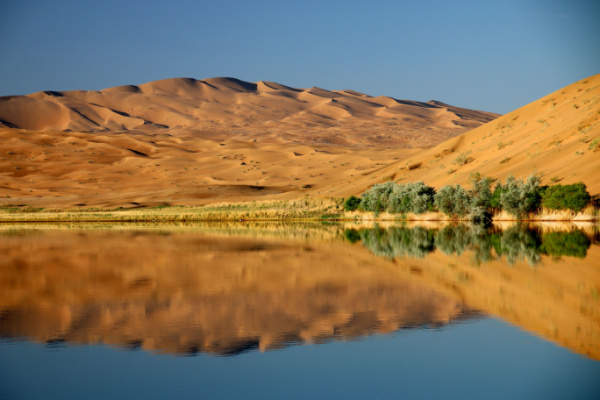
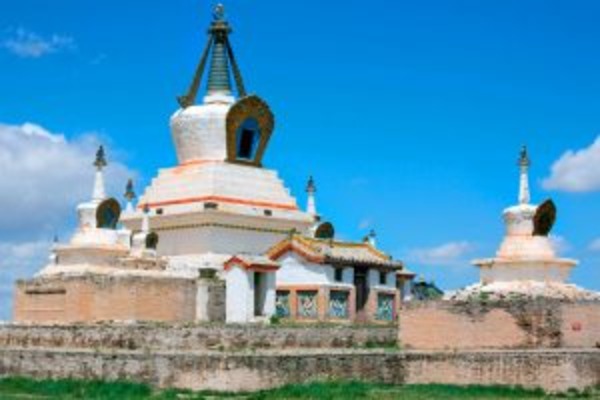
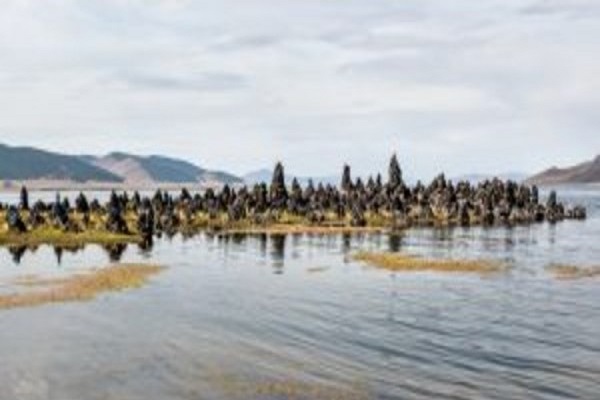
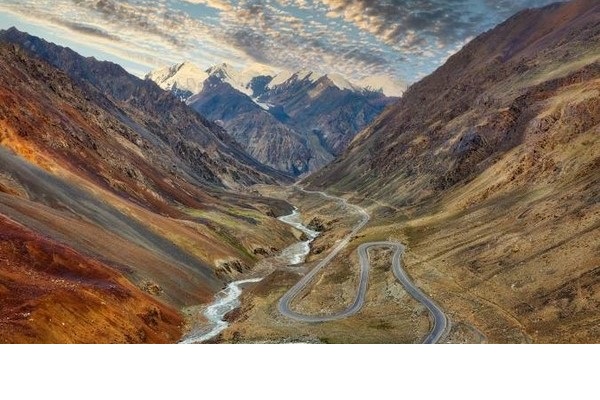
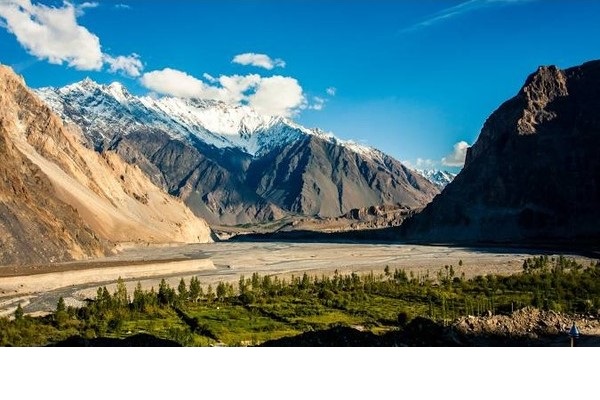
- Hotel in Ulaanbaatar
- City touring
- Accommodation
- All meals indicated
- Local transportation
- Airport transfers
- Pack horses during the trek
- Tour guide
- National Park, museum, monastery entrance fees
- Medical, trip insurance and
- evacuation costs
- Alcoholic and soft drinks
- Visa cost
- Items of personal nature
The price is calculated on the base of at least 2 people on the tour.
During some activities (camel, horse and trekking) at some places there are no other option than to sleep in tents.
The tour is calculated with mid-range accommodation options. In Ulaanbaatar good 3 star hotel and in the countryside the best available accommodations.
The tour can be arranged at slightly lower prices when we opt for home stay and tented camping.
All prices are indicative and starting from prices. Final price will be available based on availability and dates of travel.

